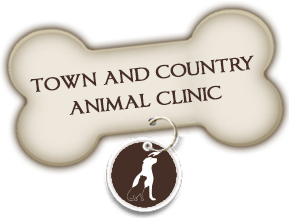- Learning should be a fun experience for both you and your pet. Spend 10 minutes 2 or 3 times daily for training. Try to separate the training sessions by 4 hours for maximum effectiveness. Dogs of any age clean learn new tricks in the proper environment!
- Teach your dog in the following order:
- Start with teaching your dog to sit
- Then stay
- Then down and down-stay
- Lastly, heel on the leash
If your dog has any difficulties, stop! Do not reward, and start again with the previous task.
- Use one word commands. If you talk too much your pet will not understand what you are asking them to do. Use their name to get their attention. If you already have their attention you do not need to use their name before the command.
- Choose a quiet environment with minimal distractions for training. Once they have learned the command you can slowly add in distractions until you have them trained in the environment you need him/her to respond in.
- Reward must be given within 1 second of completion of the correct command. If you tell your dog to come and he/she wanders around the yard before coming to you, repeat the command as they approach you to ensure the pet associates the command with the action.
- Once the behaviour is taught, you can decrease to intermittent rewards (because you may not always have a treat on hand every time you require them to perform the command).
- Determine what reward is your pet’s favorite and use that for training. (Ex: whether it is food, touch or voice praise).
- Once your pet understands the command you can decrease the volume of your voice. This will allow your dog to follow your command even in a quiet environment.
- Once your pet is comfortable with the commands from one person, have other family members train him/her to respond to them.
- The longer an unwanted behaviour has been occurring, the longer it will take to correct it.
- Punishment is not an effective tool. When your pet is not responding to your command you should ignore him/her. Punishment may frighten or excite your dog, which reduces his ability to learn.
- Always end on a positive note. If your pet is having difficulty with a command, go back to a previous command that he/she is good at. Finish your training with a successful task.
Good Luck! And remember … Training can be fun!!
For more information on training your cat or dog, call us at (519) 250-0099.
www.TownandCountryAnimalClinic.ca






